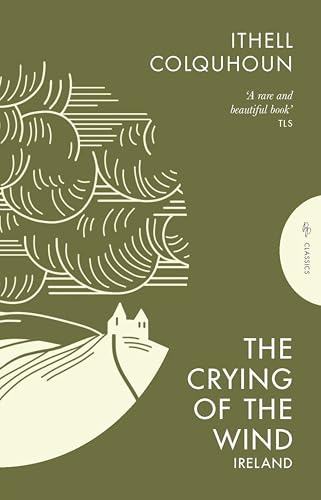What do you think?
Rate this book


192 pages, Paperback
First published January 1, 1955
Our life to them is alien and disturbing, and they will protect themselves from it if need be, but their natural attitude is unconcern rather than hostility. They follow their own unthinkable life, mobile to some extent, yet rooted by impalpable threads to to some piece of earth as yet uncontaminated by urban enclosure, without mind, without emotion, without purpose as we know it. Who can assess their place in the scheme of things - are they relics of some earlier world? They exist, that is all we can say. We share the cosmos with them.